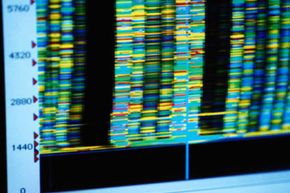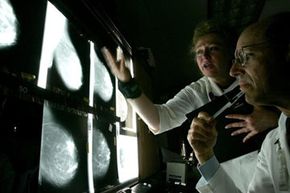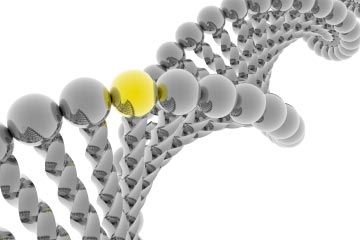Patent X000072 was issued to Eli Whitney for the cotton gin. Alexander Graham Bell picked up patent 174,465 for the telephone. Patent 6281 was granted to Walter Hunt for his invention of the safety pin [source: Bieberich].
And patent 8,017,761? Well that's easy. It was issued to Merck pharmaceutical company for "RNA interference mediated inhibition of Stearoyl-CoA desaturase gene expression using short interfering nucelic acid" [source: United States Trademark and Patent Office].
Advertisement
Then again, maybe it's not so easy.
While most of us think of patents covering things like toasters, tractors and turntables, the fact is that since 1982, the U.S. Patent and Trade office has been issuing patents on genetic material as well. In fact, there are currently 3,000 to 5,000 patents on human genes in the United States alone with another 47,000 on inventions involving genetic material [source: Cook-Deagan]. On June 13, 2013, though, the U.S. Supreme Court ruled that human genes could not be patented -- but that brand new inventions that used or replicated DNA could.
While it might sound strange that a company could own the rights to something found inside your own body, it's actually not that simple. In fact, the process surrounding gene patenting is almost as complicated as the description of patent number 8,017,761 -- and so is the controversy, as we'll see here.
Advertisement



